K. Kesava Rao, Prabhu R. Nott0521571669
Table of contents :
Cover……Page 1
Half-title……Page 3
Series title……Page 4
Title……Page 5
Copyirght……Page 6
Dedication……Page 7
Contents……Page 9
Preface……Page 15
Notation……Page 17
1 Introduction……Page 25
1.1. Examples of Granular Statics and Flow……Page 26
1.2.1. Electrostatic and van der Waals Forces……Page 35
1.2.2. Liquid Bridge or Capillary Forces……Page 38
1.2.3. Contact Forces……Page 40
1.3. Packing Characteristics……Page 43
1.3.1. Regular Packings……Page 45
1.4. Models……Page 46
1.4.1. Discrete Models……Page 47
1.4.2. Continuum Models……Page 52
1.5. Balance Laws for Continuum Models……Page 53
1.5.1. The Velocity……Page 54
1.5.2. Integral and Differential Balances……Page 55
1.5.4. The Stress Vector and the Stress Tensor……Page 56
1.5.5. The Linear Momentum Balance……Page 57
1.5.7. The Energy Balance……Page 58
1.7. Fluid–Particle Interaction……Page 60
1.8. Summary……Page 64
1.2. Fisher’s toroidal approximation for a liquid bridge……Page 65
1.3. The variation of the drained angle of repose with the Bond number……Page 66
1.5. The angular momentum balance for a rigid body……Page 67
1.6. The divergence theorem……Page 68
1.7. The generalized transport theorem and the transport theorem……Page 70
1.8. Symmetry of the stress tensor for a classical continuum……Page 71
1.9. The angle of stability of a heap……Page 72
1.10. The translation of a sphere in a fluid, in the limit of creeping flow……Page 73
1.12. The dynamics of a spring–mass–dashpot system……Page 74
1.13. The force exerted on a load cell during the emptying of a hopper……Page 75
1.16. An application of the local volume-averaged equations……Page 76
2 Theory for Slow Plane Flow……Page 78
2.1. Qualitative Observations……Page 79
2.2. The Wall Yield Condition……Page 82
2.3. The Janssen Solution for the Static Stress Field in a Bin……Page 84
2.4. The Coulomb Yield Condition……Page 85
2.5. Generalization of the Coulomb Yield Condition……Page 86
2.5.1. Invariants and Principal Stresses……Page 87
2.7. The Mohr’s Circle for the Two-Dimensional Stress Tensor……Page 89
2.8. The Relation Between the Coulomb and Mohr–Coulomb Yield Conditions……Page 92
2.9. Active and Passive States of Stress and the Value of the Janssen K-Factor……Page 93
2.10. Shear Tests……Page 94
2.10.1. The Critical State……Page 97
2.10.2. The Hvorslev Surface……Page 99
2.10.4. The Yield Surface……Page 101
2.11. Yield Surfaces in sigma1-sigma2-nu space……Page 103
2.12. Yield Loci in the sigma1-sigma2 and sigma-tau Planes……Page 105
2.13. Flow Rules……Page 106
2.13.1. The Lévy–Mises and the Prandtl–Reuss Equations……Page 108
2.13.2. The Coaxiality Condition……Page 111
2.13.4. Positive Dissipation……Page 115
2.13.5. Associated and Nonassociated Flow Rules……Page 116
2.14.1. The Mohr’s Circle for the Rate of Deformation Tensor……Page 117
2.14.2. The Coaxiality Condition……Page 118
2.14.3. The Flow Rule……Page 119
2.14.5. Rowe’s Stress–Dilatancy Relation……Page 120
2.15. The Relation Between Yield Loci in the N-T and sigma-tau Planes……Page 124
2.16. The Double-Shearing Model……Page 125
2.17. Summary……Page 129
2.3. Forces acting on an hourglass immersed in water……Page 130
2.5. A block on an inclined plane……Page 131
2.7. Eigenvalues and eigenvectors of a symmetric second-order tensor in two dimensions……Page 132
2.9. Determination of the principal stresses and the principal stress axes……Page 133
2.12. Interpretation of the components of the rate of deformation tensor……Page 134
2.15. Relation between yield loci in the N–T and sigma–tau planes……Page 135
2.17. Arching in a conical hopper……Page 136
2.18. Rotation of a cylinder of sand……Page 137
2.20. An application of the double-shearing model……Page 138
3.1.1. Flow Rate……Page 140
3.1.2. Kinematics……Page 145
3.1.3. Solids Fraction Profiles……Page 146
3.2.1. The Critical State Approximation……Page 147
3.3. The Smooth Wall, Radial Gravity (SWRG) Problem……Page 149
3.4. The Effect of Wall Roughness……Page 155
3.5.1. The Brennen–Pearce Solution……Page 158
3.5.2. The Radial Stress and Velocity Fields……Page 162
3.5.3. Linearized Stability Analysis……Page 165
3.5.4. Downward Integration from the Radial Fields……Page 167
3.5.5. The Successive Approximation Procedure……Page 169
3.6. A Re-Examination of the Exit Condition……Page 173
3.7. An Alternative Exit Condition……Page 176
3.8. The Smooth Wall, Radial Gravity Problem for Compressible Flow……Page 178
3.9. Summary……Page 184
3.5. Stability of the radial stress field: smooth wall analysis……Page 186
3.6. Yield locus for Leighton Buzzard sand……Page 187
3.9. Asymptotic fields for compressible smooth wall, radial gravity problem……Page 188
4.1.2. Kinematics……Page 190
4.1.3. Wall Stresses……Page 199
4.1.4. Bins……Page 202
4.2. Models for Bunker Flow……Page 206
4.2.1. The Bin Section……Page 207
4.2.2. The Transition Region……Page 214
4.2.3. The Hopper Section……Page 227
4.3. Summary……Page 232
4.1. The Janssen–Walker solution for the stress field in a bin……Page 234
4.2. The Janssen solution for the stress field in a bin of arbitrary cross section……Page 235
4.3. Alternative derivation of the Rankine solution……Page 236
5.1.1. The Yield Condition……Page 237
5.1.3. Conventional Triaxial Tests……Page 244
5.1.4. Isotropic Compression Tests……Page 246
5.1.5. Compression Tests……Page 247
5.1.6. Cubical Triaxial Tests……Page 249
5.1.8. Flow Rules……Page 250
5.1.9. Data Related to Flow Rules……Page 252
5.1.10. Steady, Fully Developed Flow of a Rigid-Plastic Material……Page 253
5.1.11. One-Dimensional Deformation of a Rigid-Plastic Material……Page 254
5.2.1. Hypoelastic and Hypoplastic Models……Page 257
5.2.2. Some Features of (5.66)……Page 259
5.2.4. One-Dimensional Deformation of a Hypoelastic Material……Page 260
5.3. Summary……Page 263
5.3. Cross sections corresponding to the Tresca and Mohr–Coulomb yield surfaces……Page 264
5.6. Relation between the local angular velocity of the material and the vorticity tensor……Page 265
5.7. Derivation of the plastic potential flow rule for the deformation of metals Consider a flow rule of the form……Page 266
5.8. Representation of the constitutive equation for an isotropic tensor valued function of a second order tensor and a scalar……Page 267
5.11. Determination of the yield locus for plane flow from the three-dimensional yield surface……Page 268
5.13. Estimate of the coefficient of earth pressure using elasticity theory……Page 269
5.14. Shearing of a granular material in a cylindrical Couette cell……Page 270
5.15. Forms for the functions in the hypoelastic model of Davis and Mullenger (1978)……Page 271
6.1.2. Velocity Profiles……Page 273
6.1.3. Density Profiles……Page 275
6.1.4. Flow Patterns……Page 277
6.1.5. Stress Profiles……Page 280
6.2. Theory for Steady, Axisymmetric Flow Through a Hopper……Page 283
6.2.1. The Haar–von Karman Hypothesis……Page 285
6.2.2. The Radial Stress and Velocity Fields for the Mohr–Coulomb Yield Condition and the Haar–von Karman Hypothesis……Page 288
6.2.3. The Drucker–Prager Yield Condition and Levy’s Flow Rule……Page 290
6.2.5. Criteria for Mass Flow……Page 293
6.3. A Hybrid Hypoplastic-Viscous Model……Page 297
6.4. The Kinematic Model for Batch Discharge from a Bin……Page 300
6.5. Summary……Page 304
6.3. Derivation of the solution to the diffusion equation……Page 306
7.1. Preliminaries and Scaling……Page 309
7.1.1. Model for Inelastic Collisions……Page 312
7.1.2. Hydrodynamic Description of Rapid Granular Flows……Page 313
7.2. Heuristic Hydrodynamic Theory for High-Density Flows……Page 314
7.2.1. Application to Uniform Plane Shear……Page 316
7.3.1. Statistical Preliminaries……Page 319
7.3.2. The Evolution of f(1)……Page 321
7.3.3. The Equilibrium Distribution Function……Page 324
7.3.4. The Departure from Equilibrium……Page 325
7.3.5. Maxwell Transport Equation……Page 326
7.3.6. The Equations of Motion……Page 329
7.3.7. The Chapman–Enskog Expansion……Page 331
7.3.8. Constitutive Relations at Leading Order……Page 334
7.3.9. Distribution Function at Leeps (K)……Page 335
7.3.10. Solution for -K……Page 340
7.3.11. Constitutive Relations at Leeps (K)……Page 343
7.3.12. Distribution Function and Constitutive Relations at Leeps ()……Page 345
7.3.13. Constitutive Relations to First Order in K and……Page 347
7.4. Anisotropy of the Microstructure……Page 349
7.5. Extension to Granular Mixtures……Page 350
7.6. Summary and Discussion……Page 352
PROBLEMS……Page 353
8.1. Boundary Conditions at Solid Walls……Page 355
8.1.1. Heuristic Theory……Page 356
8.1.2. Kinetic Theory……Page 358
8.2. Plane Couette Flow……Page 363
8.2.1. Predictions of the High-Density Theory……Page 364
8.2.2. Some Features of the High-Density Solutions……Page 369
8.2.3. Predictions of the Kinetic Theory……Page 370
8.3. Flow in Inclined Chutes……Page 373
8.3.1. Some Experimental Observations of Chute Flow……Page 375
8.3.2. Analysis of Steady, Fully Developed Flow……Page 379
8.3.3. High-Density Theory……Page 380
8.3.4. Some Features of the High-Density Solutions……Page 382
8.3.5. Predictions of the Kinetic Theory……Page 383
8.4.1. Stability of Unbounded Plane Shear Flow……Page 390
8.4.2. Stability of Plane Couette Flow……Page 393
8.5. SUMMARY……Page 395
PROBLEMS……Page 396
9 Theory for Rapid Flow of Rough,Inelastic Particles……Page 398
9.1. Collision Models for Rough Particles……Page 399
9.2. Equations of Motion for a Granular Gas of Rough, Inelastic Spheres……Page 402
9.3.1. Nearly Elastic, Nearly Perfectly Rough Particles……Page 406
9.3.2. Nearly Elastic, Nearly Smooth Particles……Page 410
9.4.1. Nearly Elastic, Nearly Perfectly Rough Particles……Page 413
9.4.2. Nearly Elastic, Nearly Smooth Particles……Page 414
9.5. Summary……Page 416
PROBLEMS……Page 417
10 Hybrid Theories……Page 418
10.1. The Frictional-Kinetic Model……Page 419
10.2. Application to Flow in Chutes……Page 420
10.3. Other Hybrid Models……Page 424
10.4. Summary……Page 425
A.1. Vectors……Page 427
A.3. The Scalar Product of Two Vectors……Page 428
A.4. Second-Order Tensors……Page 429
A.4.2. The Trace of a Second-Order Tensor……Page 430
A.7.1. The Vector Product of Two Vectors……Page 431
A.7.3. The Scalar Product of Two Second-Order Tensors……Page 432
A.7.6. The Determinant of a Second-Order Tensor……Page 433
A.7.7. Orthogonal Second-Order Tensors……Page 434
A.7.9. The Gradient of Scalars and Vectors……Page 435
A.8.1. Cylindrical Coordinates……Page 436
A.8.2. Spherical Coordinates……Page 438
A.4. The inverse of a second-order tensor……Page 440
Appendix B The Stress Tensor……Page 442
Appendix C Hyperbolic Partial Differential Equations of First Order……Page 444
C.1. Solution by the Method of Characteristics……Page 448
C.1. The variation of γ along a traction-free curve……Page 449
C.3. Characteristics of the velocity equations for plane flow……Page 450
D.1 The Jump Mass Balance……Page 452
D.1. The jump momentum balance……Page 453
E.1. Weak Solution……Page 454
E.2. Jump Conditions……Page 455
E.3. Jump Conditions for Linear Equations……Page 456
E.1. The inclination of the velocity jump across a velocity characteristic……Page 457
Appendix F Proof of the Coaxiality Condition……Page 458
F.1. Relations to be satisfied by the {Qij}……Page 460
F.2. Examples of coordinate transformations……Page 461
G.1. Change of Frame……Page 463
G.2.2. Vectors……Page 465
G.2.3. Second-Order Tensors……Page 466
G.4. An Alternative Interpretation of a Change of Frame……Page 467
G.1. Transformation of some tensors under a change of frame……Page 468
G.2. Transformation of the acceleration under a change of frame……Page 469
G.4. Transformation of the body force under a change of frame……Page 471
G.6. Proof that the density is a frame-indifferent scalar……Page 472
H.1. Integration Over k……Page 473
H.2. Integration Over k for Boundary Conditions……Page 474
H.3. Change of Variables……Page 475
H.4. Volume Integrals……Page 476
H.5. Gaussian Integrals……Page 477
Appenidx I A Brief Introduction to Linear Stability Theory……Page 478
Appendix J Pseudo Scalars, Vectors, and Tensors……Page 480
Appendix K Answers to Selected Problems……Page 483
References……Page 487
Index……Page 507
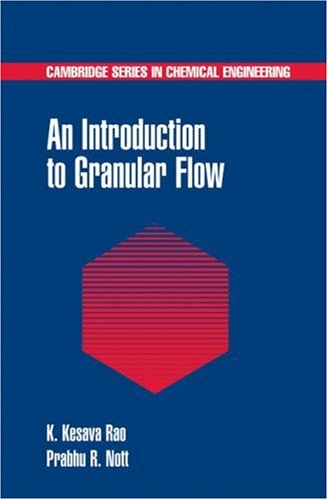
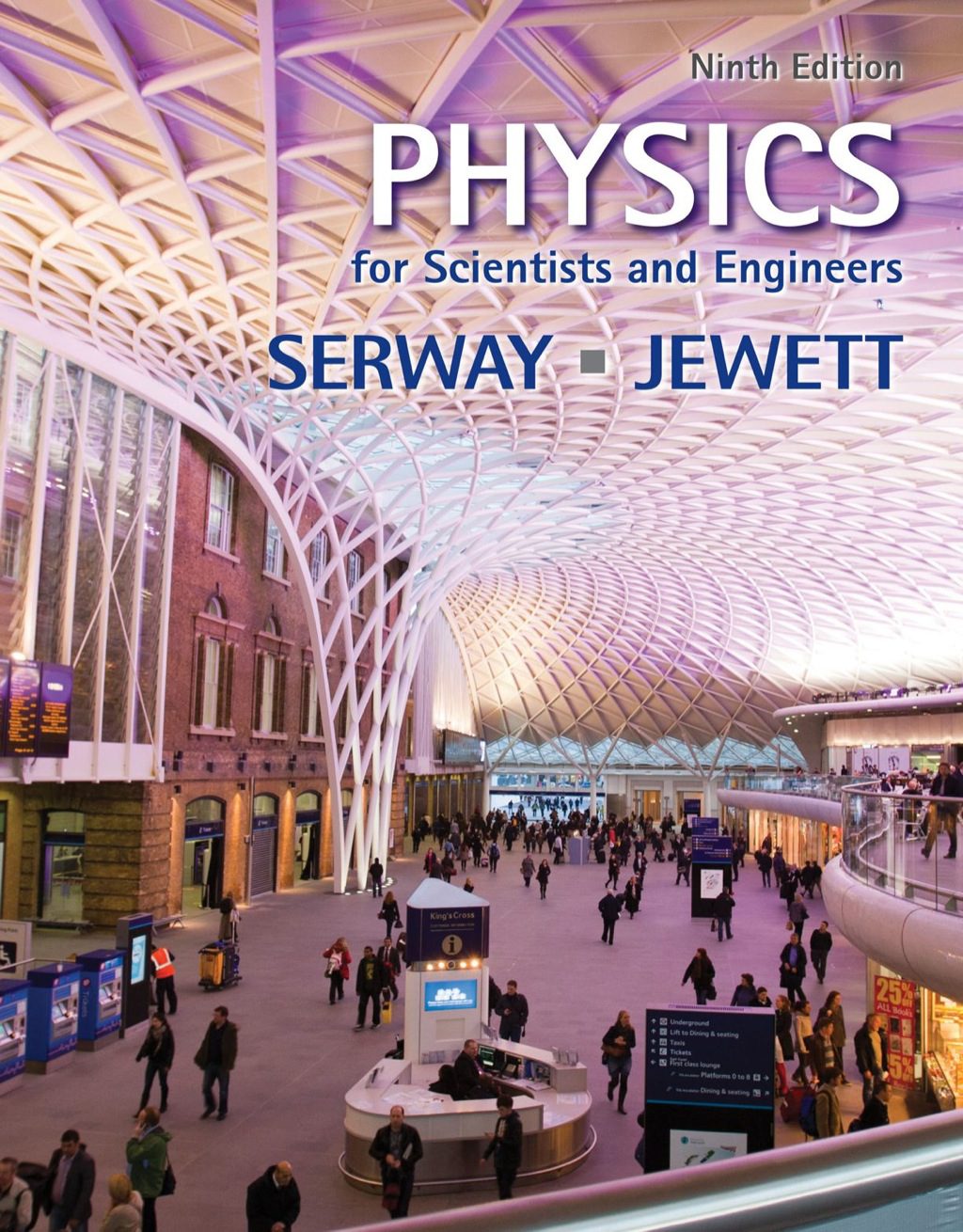
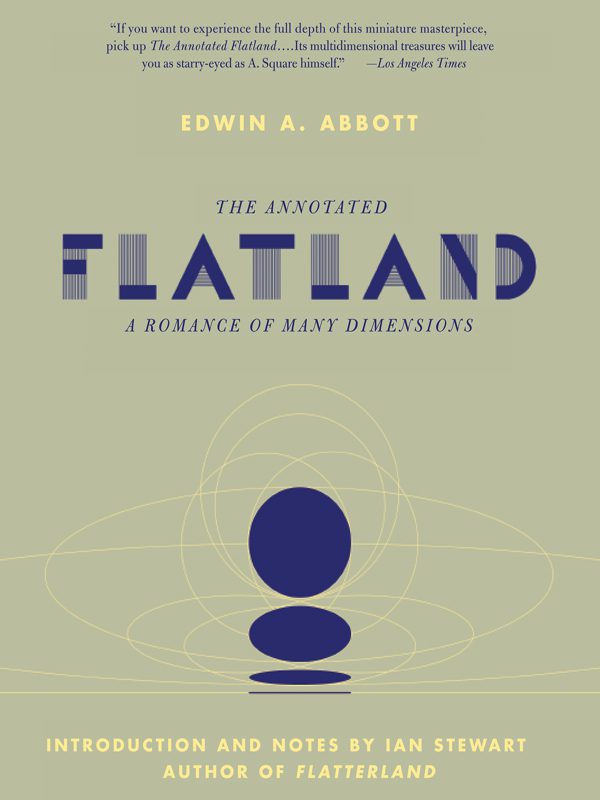
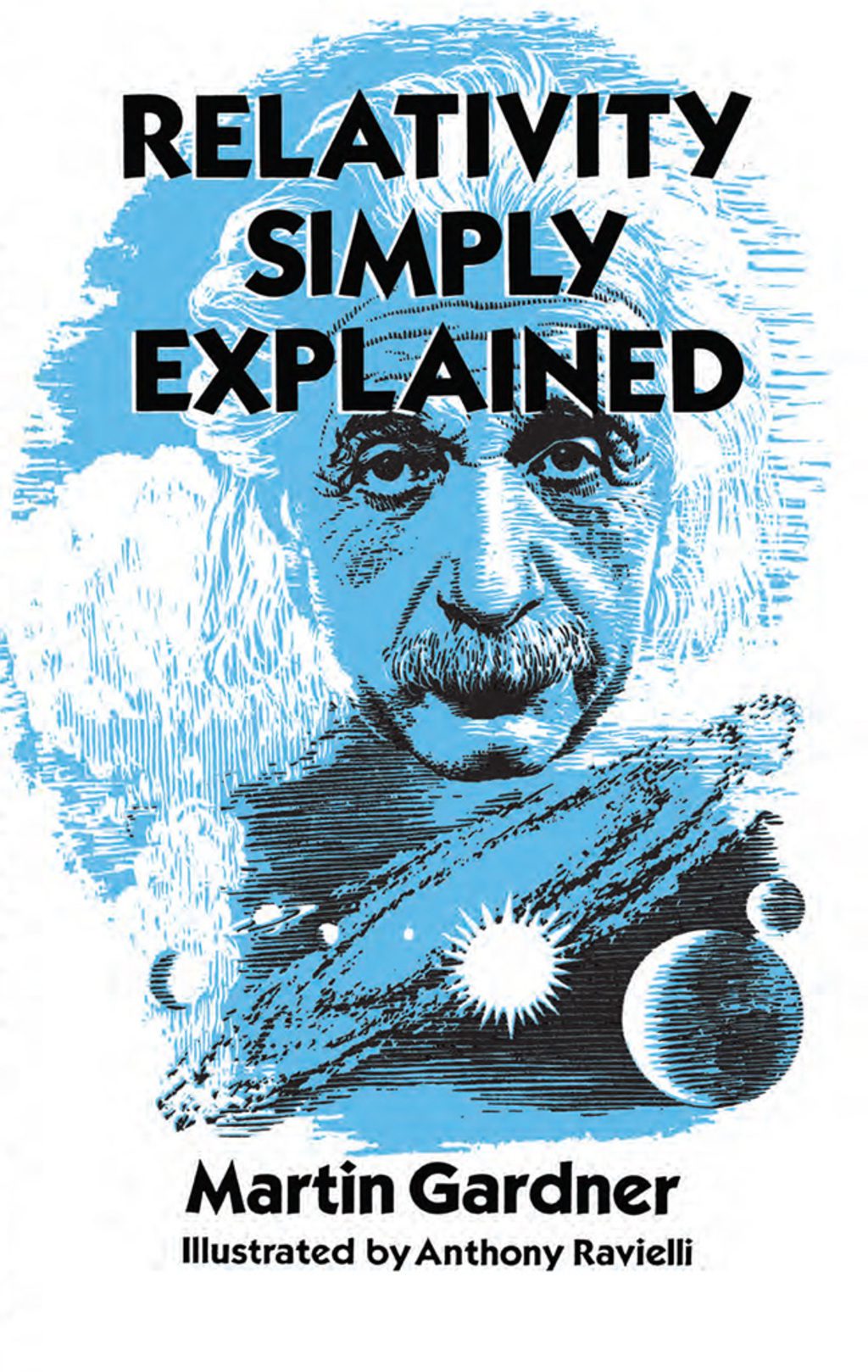
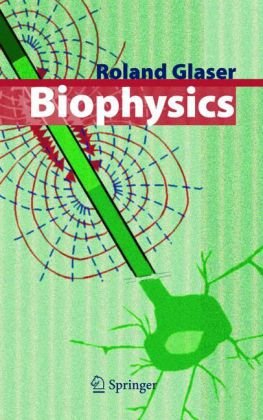


Reviews
There are no reviews yet.